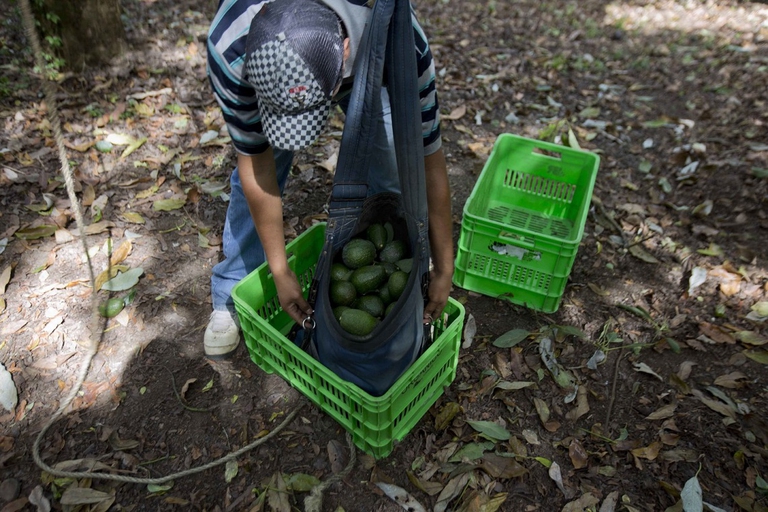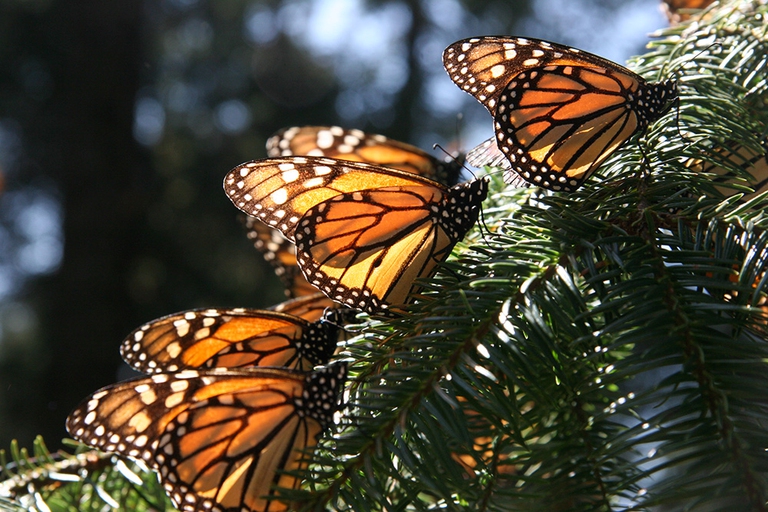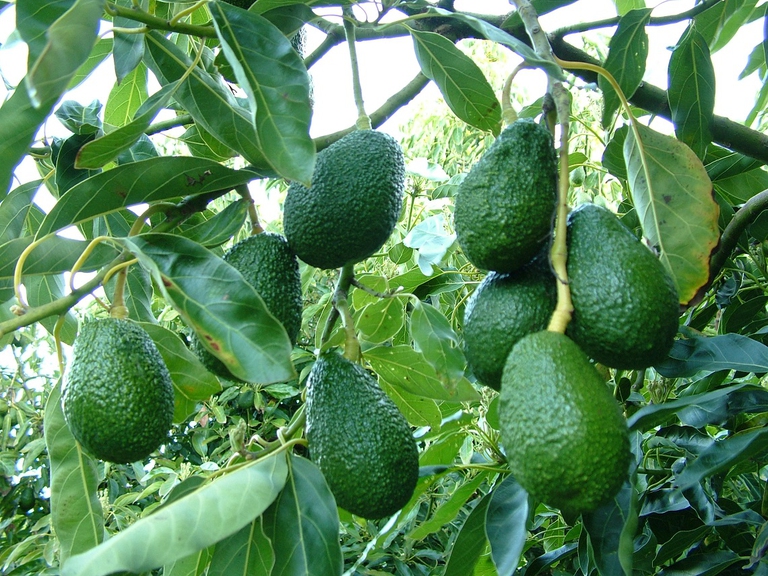
The Amazon became an alternative classroom during the pandemic. Now, the educational forest in Batraja, Bolivia, lives on to teach children and adults the value of nature.
The increasing demand for avocado in the United States and Europe is contributing to deforestation in the Mexican state of Michoacán.
The avocado is a tropical fruit native to Central America in the flowering plant family Lauraceae. Its yellowish flesh, covered with a rough, dark green skin, has remarkable beneficial properties. Avocados are able to slow cell ageing, lower blood cholesterol levels, have anti-inflammatory properties, are rich in vitamin, potassium, magnesium, linoleic and omega-3 fatty acids. Its discovery by the Europeans dates back to the Spanish colonisation of the Americas. Since then, western hunger for avocados has exponentially increased, threatening the forests where these fruits grow.
In Mexico, world’s major exporter of avocados, growing this plant causes loss of forest land of about 700 hectares every year. This according to a report carried out by Mario Tapia Vargas, researcher at Mexico’s National Institute for Forestry, Farming and Fisheries Research and published by The Guardian. To satisfy the export growth of avocados, farmers are planting increasingly young trees and cutting down centuries-old pine trees. These two plant species grow at the same height, on the mountains of the Mexican state of Michoacán. “Even where the farmers aren’t visibly cutting down forest, there are avocados growing underneath the pine boughs, and sooner or later they’ll cut down the pines completely”, Mario Tapia Vargas warns.
Avocado trees need large amounts of water, almost twice as much as fairly dense forest. Growing two or three fruits requires as many as 272 litres (every acre of avocado trees requires one million litres of water yearly). This inevitably results in the depletion of water resources because water is “taken” from the rivers and subsoil to the detriment of local populations, plants and wildlife. Furthermore, to boost the production of avocados farmers use very large amounts of pesticides and fertilisers that are poisoning aquifers and major ecosystems.
Avocado production, which tripled in the last few years (while avocado exports rose tenfold), is threatening the survival of the monarch butterfly (Danaus plexippus). For this species of butterfly, famous for the incredible mass migration that every winter takes millions of specimens to California and Mexico, Michoacán forests are really precious. These insects indeed are used to spend the winter and mate in this area and due to deforestation they risk to modify their life cycle.
Trying to bring the avocado production back to normal preventing it to destroy Mexican forests won’t be easy. Cultivating this plant generates over 815 million dollars a year in Mexico and contributes to create new jobs in different stages of the production process. Therefore, avocados, which are named “green gold” for its growing global demand, are Mexico’s most valuable crop. The United States are world’s major importers of Mexican avocado (80 percent), but the European demand has remarkably increased too.
To preserve the forests and local populations the Mexican authorities are intensifying controls to prevent deforestation in protected areas. Farmers are trying to use more sustainable farming methods, such as planting trees closer together, to reduce the amount of water used to grow them.
Siamo anche su WhatsApp. Segui il canale ufficiale LifeGate per restare aggiornata, aggiornato sulle ultime notizie e sulle nostre attività.
![]()
Quest'opera è distribuita con Licenza Creative Commons Attribuzione - Non commerciale - Non opere derivate 4.0 Internazionale.
The Amazon became an alternative classroom during the pandemic. Now, the educational forest in Batraja, Bolivia, lives on to teach children and adults the value of nature.
Our species took its first steps in a world covered in trees. Today, forests offer us sustenance, shelter, and clean the air that we breathe.
Bangladesh suffered widespread damage as a result of Cyclone Amphan. Yet the Sundarbans mangrove forest acted as a natural barrier protecting the country from further destruction, as it has done countless times before.
On top of a 2.4 million dollar compensation, the indigenous Ashaninka people will receive an official apology from the companies who deforested their lands in the 1980s.
The tapir was reintroduced into Brazil’s Atlantic Forest, the country’s most at-risk ecosystem. The species can play a key role in the forest’s recovery.
Forests are home to 80 per cent of the world’s terrestrial biodiversity. This year’s International Day of Forests highlights the urgent changes needed to save them.
After a legal battle that lasted two years, Indonesia’s Supreme Court has revoked the permit to mine for coal in the forests of South Kalimantan in Borneo.
The list of human and animal victims of the Australia wildfires keeps growing – one species might already have gone extinct – as the smoke even reaches South America.
Areas where the FARC guerrilla used to hold power in Colombia have faced record deforestation. Farmers cut down trees, burn land and plant grass for cows. Because, “what else can we do for a living here in the Colombian Amazon”? An intimate report from the heart of the felled forest in Caquetá.










